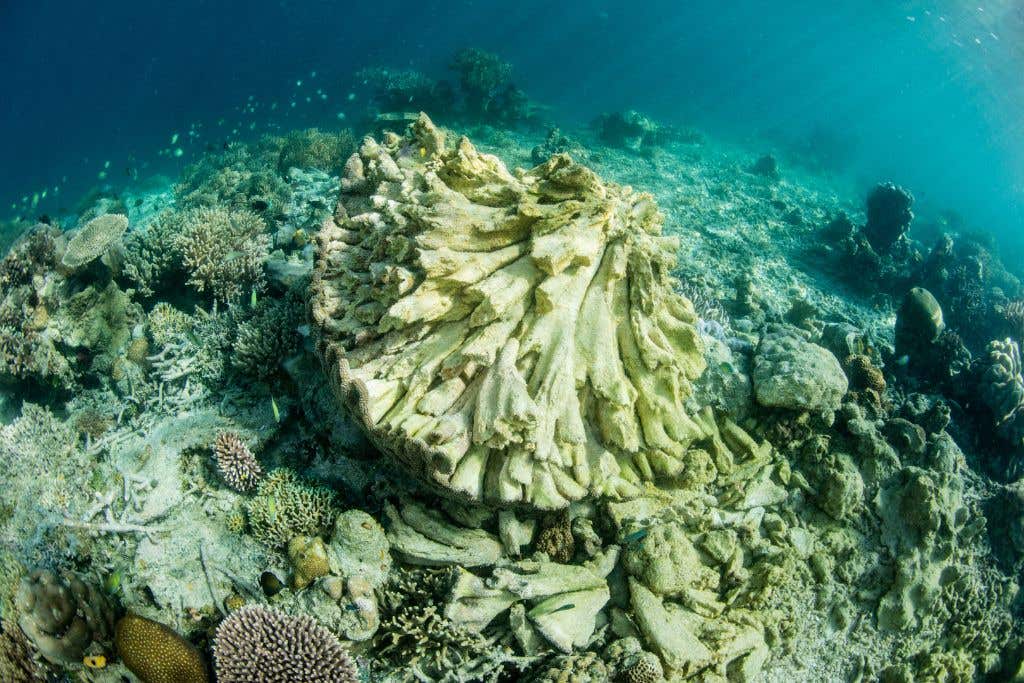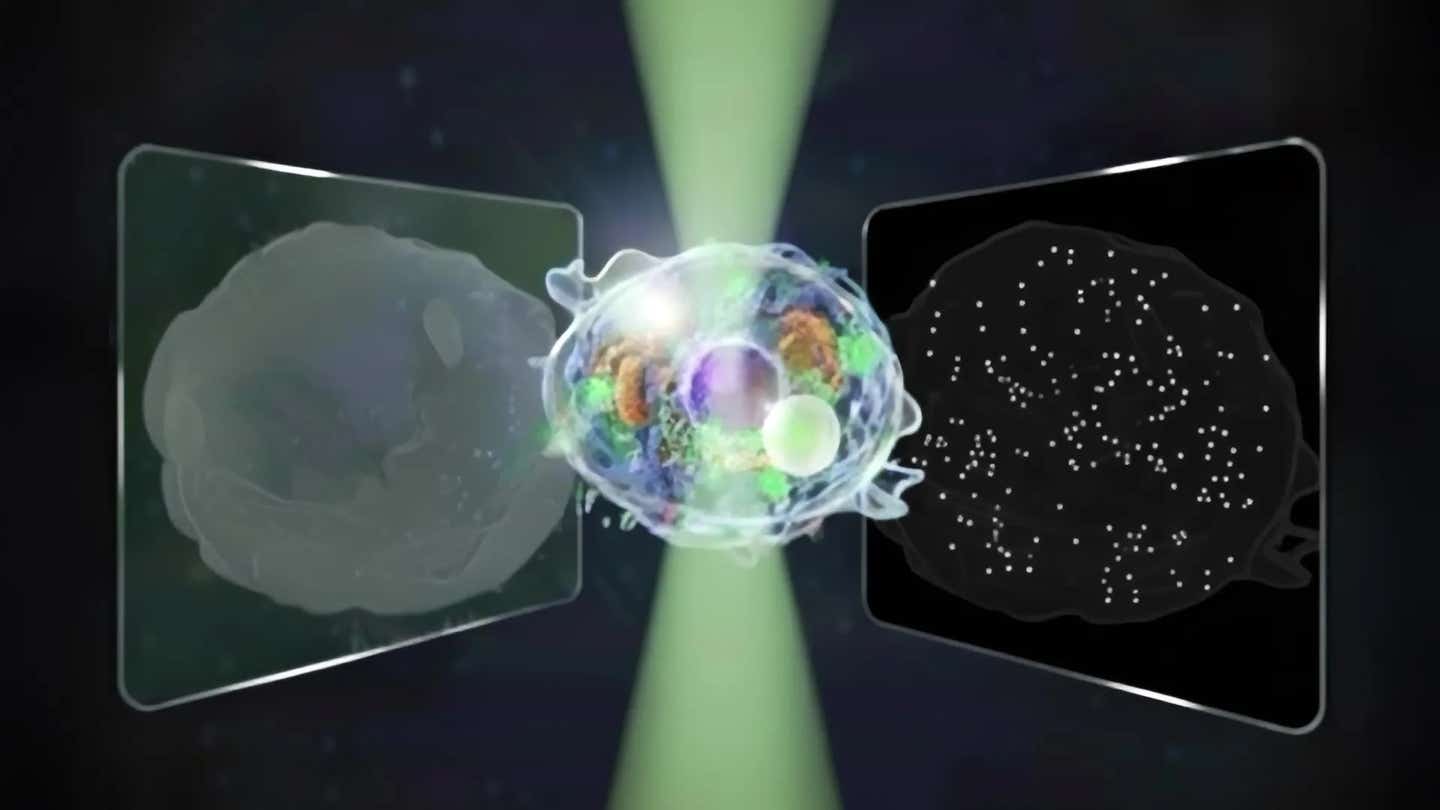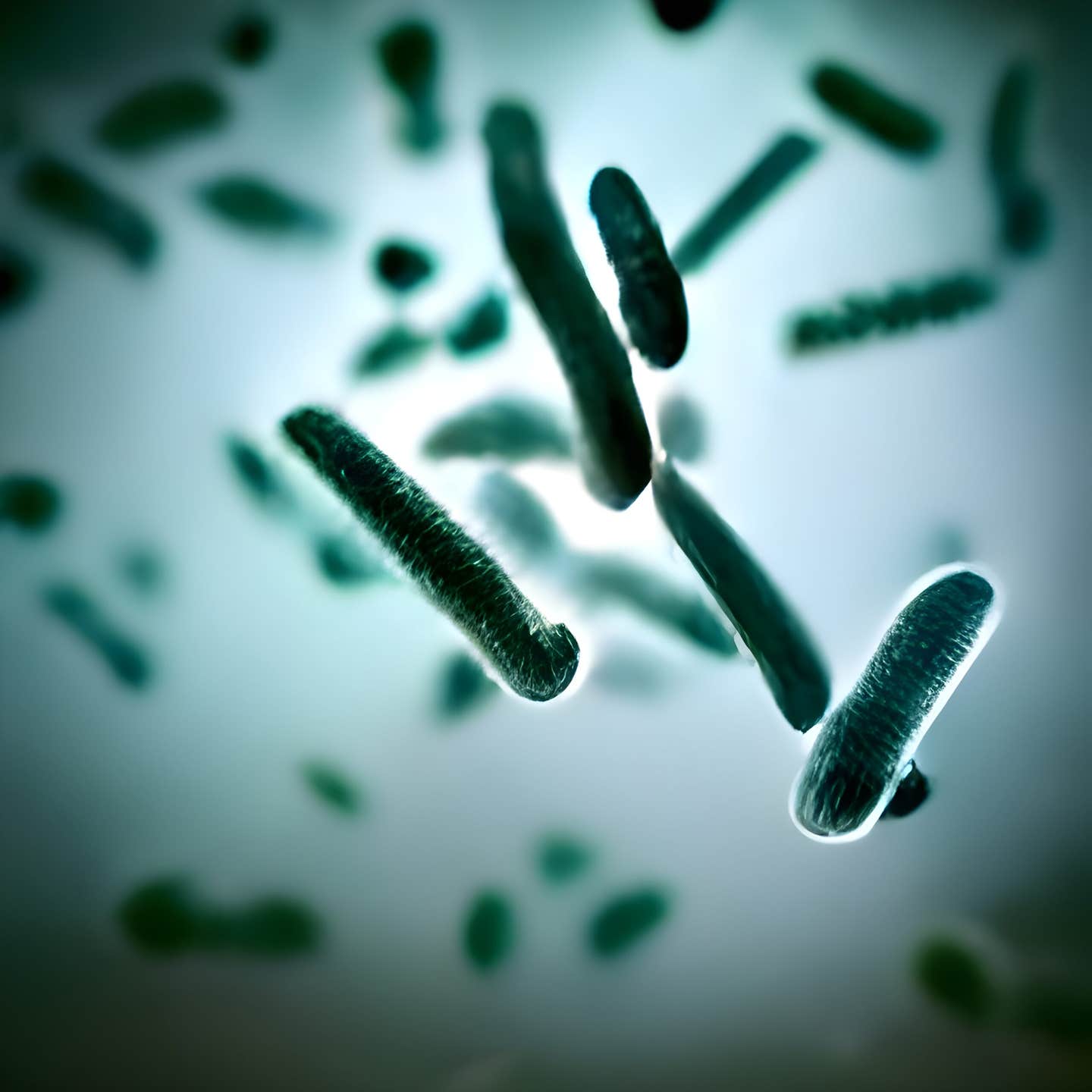New marine discovery could help scientists stave off coral reef collapse
Coral reefs, those magnificent underwater structures teeming with life, are facing a dire threat as our oceans warm and become more acidic.

Coral reefs, those magnificent underwater structures teeming with life, are facing a dire threat as our oceans warm and become more acidic. (CREDIT: Creative Commons)
Coral reefs, those magnificent underwater structures teeming with life, are facing a dire threat. As our oceans warm and become more acidic, the very skeletons of these reefs, crafted over millennia by tiny creatures resembling jellyfish, are in danger of dissolving away.
The implications are vast, with coral reefs providing crucial economic benefits globally. In response, scientists are racing to find solutions to prevent this collapse, but they face a significant obstacle: the difficulty of studying delicate coral polyps in laboratory settings.
However, a breakthrough has emerged from the University of Florida that could offer a glimmer of hope for these imperiled ecosystems. Researchers at the university's Whitney Laboratory for Marine Bioscience have achieved a milestone by replicating the initial stages of coral skeleton formation in a common sea anemone.
Stony corals like these are at risk in a changing climate, but are difficult to study in the lab. An easy-to-use lab system will help scientists study solutions to assist corals. (CREDIT: Federica Scucchia)
This transformation effectively turns the soft-bodied creature into an ideal model for studying coral skeletons and devising strategies to support coral polyps in the face of a changing climate.
Mark Martindale, Ph.D., director of the Whitney Laboratory and lead researcher of the study, emphasized the urgency of the situation, stating, “The whole ecosystem is dying. You can listen to the death all you want, but what are you going to do to fix it?”
Martindale highlights the necessity of understanding the problems and having experimental systems in place to address them, a need that this innovative approach aims to fulfill.
Related Stories
Unlike coral polyps, which are notoriously challenging to cultivate in laboratory environments, the sea anemone Nematostella vectensis proves to be cooperative. This creature, belonging to the same family as jellyfish and corals, was the first of its kind to have its genome sequenced.
Manipulating its genes for research purposes is relatively straightforward. While Nematostella lacks the ability to produce a skeleton, it possesses all the characteristics necessary for studying coral skeletons, making it an invaluable tool for scientific investigation.
The researchers at the Martindale lab posed a crucial question: Could they induce Nematostella to mimic coral polyps and convert seawater into rock? If successful, this sea anemone could serve as a surrogate for testing interventions aimed at preserving wild corals.
The soft-bodied sea anemone does not produce reef-forming rocky skeletons on its own, but was induced to produce skeleton creating proteins, turning it into a good model system for studying coral reefs. (CREDIT: Federica Scucchia)
Injecting Nematostella embryos with a gene from the stony coral Stylophora pistillata, known for its role in concentrating calcium essential for skeleton formation, yielded promising results. The coral protein introduced into the sea anemone demonstrated the same calcium-binding properties observed in its natural coral counterpart.
According to Brent Foster, a researcher in Martindale's lab and the study's primary author, this breakthrough opens the door to further exploration. By manipulating genes involved in coral skeleton production, scientists can potentially engineer climate-resilient coral polyps, offering a beacon of hope for struggling reef ecosystems.
The red fluorescence in this image shows the soft-bodied sea anemone expressing a stony coral skeleton producing protein, demonstrating that the sea anemone can be a good model system for this vital process. (CREDIT: Federica Scucchia)
Moreover, the versatility of the sea anemone extends beyond coral research. Its adaptability allows for the study of various hard structures, including tooth enamel.
These investigations fall under the umbrella of biomineralization, wherein living organisms generate hard structures from minerals such as calcium.
Federica Scucchia, a postdoctoral researcher in Martindale's lab and co-author of the study, underscores the importance of understanding how cells regulate the microenvironment conducive to biomineralization, hinting at future avenues of research.
The collaborative effort behind this groundbreaking research underscores its significance. The Whitney Laboratory team collaborated with scientists from the Institute of Human Genetics in Montpelier, France, Cornell University, and Cardiff University to achieve their findings.
Published in the journal iScience, this study represents a crucial step forward in understanding and potentially mitigating the threats facing coral reefs worldwide.
For more environmental good news stories check out our Green Impact section at The Brighter Side of News.
Note: Materials provided above by Tel-Aviv University. Content may be edited for style and length.
Like these kind of feel good stories? Get the Brighter Side of News' newsletter.



